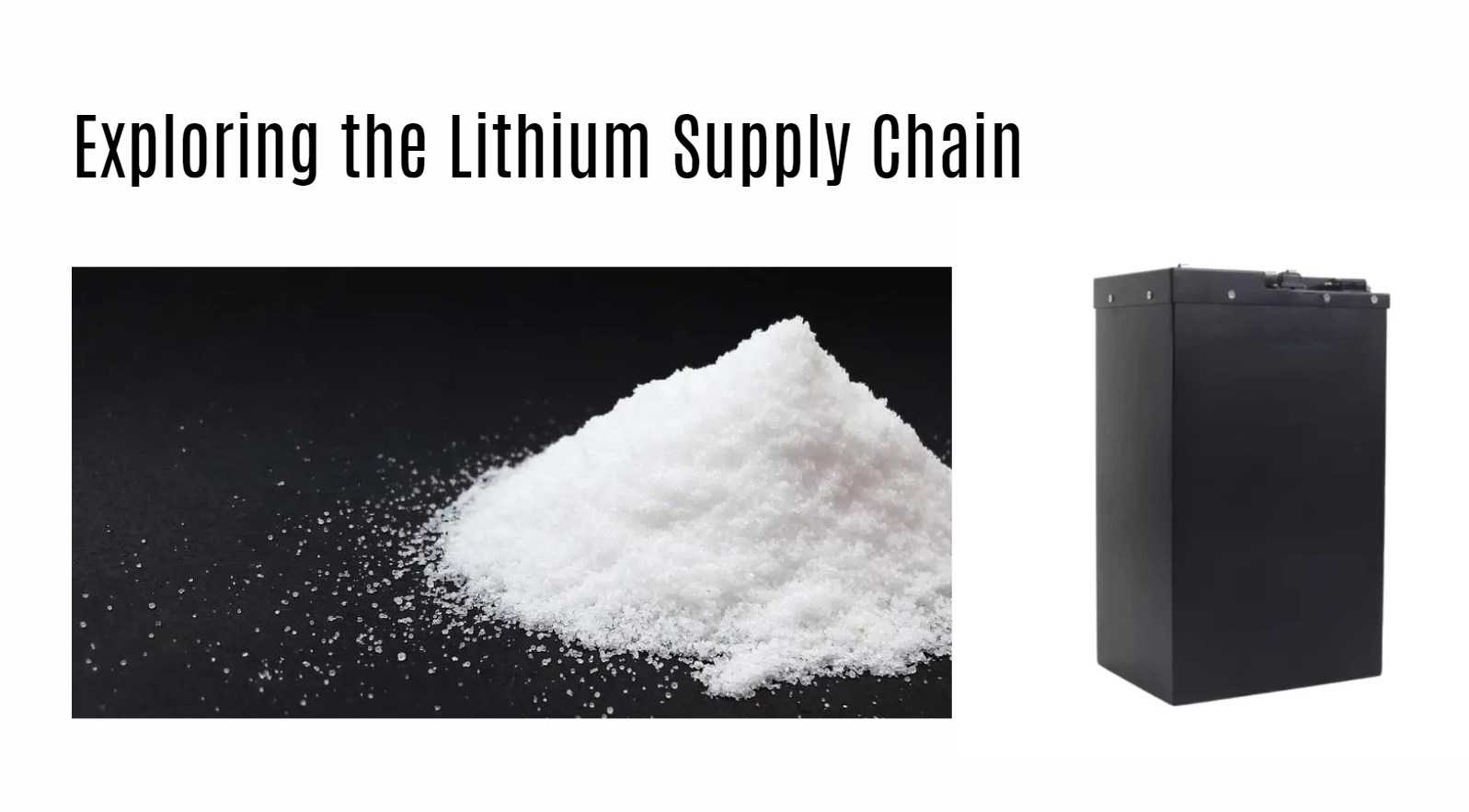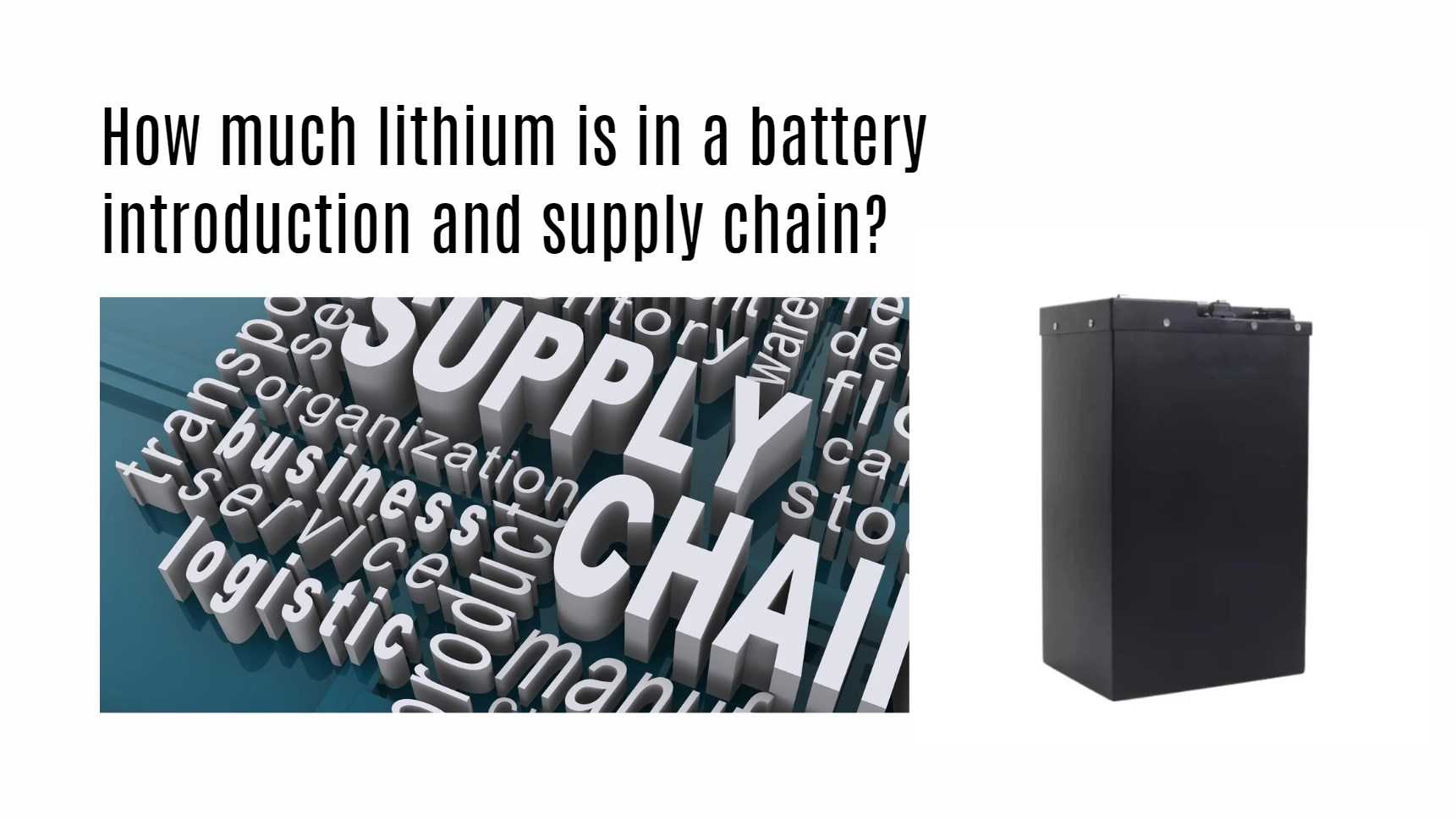Lithium-ion batteries have revolutionized modern technology with their exceptional energy storage capabilities. They have become an integral part of our daily lives, from powering smartphones to propelling electric vehicles. This article explores the intricacies of lithium content within these batteries, discussing their composition, applications, and the dynamics of the lithium supply chain.
Composition and Functionality of Lithium-ion Batteries
- Anode: The anode is one of the key components of a lithium-ion battery. It acts as the source of lithium ions during the charging and discharging process. Common materials used for the anode include graphite and lithium metal oxide.
- Cathode: The cathode is another crucial component that interacts with the anode during the battery’s operation. It is responsible for storing and releasing lithium ions. Different cathode materials, such as lithium cobalt oxide or lithium iron phosphate, offer varying performance characteristics.
- Separator: The separator plays a vital role in preventing direct contact between the anode and cathode, which could result in a short circuit. It allows the passage of lithium ions while blocking the flow of electrons, ensuring the battery’s safety and stability.
- Nonaqueous Electrolyte: The nonaqueous electrolyte serves as the medium for lithium ions to move between the anode and cathode. It typically consists of a lithium salt dissolved in an organic solvent. The choice of electrolyte affects the battery’s performance, including its capacity, voltage, and temperature stability.
Applications of Lithium-ion Batteries
- Portable Electronics: Lithium-ion batteries are commonly found in laptop computer batteries, smartphones, tablets, digital cameras, and personal digital assistants (PDAs). Their high energy density and long-lasting performance make them ideal for powering these devices on the go.
- Electric Transportation: The automotive industry has embraced lithium-ion batteries for electric vehicles (EVs), including cars, buses, and bikes. These batteries provide the necessary energy storage for clean and efficient transportation, contributing to the shift towards sustainable mobility.
- Power Tools and Equipment: Cordless power tools, such as drills, saws, and trimmers, benefit from the lightweight and high energy capacity of lithium-ion batteries. They offer longer runtime and faster charging compared to traditional battery technologies, enhancing productivity for professionals and DIY enthusiasts.
Exploring the Lithium Supply Chain
- Raw Material Extraction: The first stage of the lithium supply chain involves extracting lithium from different sources, such as brine, hard rock, and clay. Various mining and extraction methods are employed to obtain the lithium-rich materials needed for battery production.
- Battery Material Production: Once the raw materials are obtained, they undergo processing to extract lithium compounds, such as lithium carbonate or lithium hydroxide. These compounds serve as the key components for manufacturing lithium-ion batteries.
- Battery Cell Manufacturing: In this stage, the lithium compounds are combined with other materials to create the battery cells. These cells are the building blocks of lithium-ion batteries and are responsible for storing and releasing energy.
- Battery Pack Assembly: The battery cells are then assembled into battery packs, which provide the necessary power for various applications. The assembly process includes connecting the cells, adding safety features, and integrating the necessary electronics.
- Integration into Products: After the battery packs are assembled, they are integrated into products such as electric vehicles, portable electronic devices, and renewable energy storage systems. This stage involves incorporating the battery packs into the design and ensuring compatibility with the intended application.
- Distribution and Retail: Once the products with lithium batteries are manufactured, they are distributed and made available to consumers through retail channels. This stage involves logistics, transportation, and ensuring the availability of lithium-powered products in the market.
- End-of-Life Management: As lithium batteries reach the end of their life cycle, proper disposal and recycling become crucial. End-of-life management involves recycling processes to recover valuable materials and minimize environmental impact.

Conclusion
Understanding the lithium content in batteries is fundamental to appreciating the broader context of battery technology and its environmental implications. As the demand for lithium-ion batteries continues to grow, so does the importance of sustainable lithium extraction and processing practices. By examining the lithium supply chain and the composition of these batteries, we can better comprehend the challenges and opportunities in advancing battery technology for a more sustainable future.




